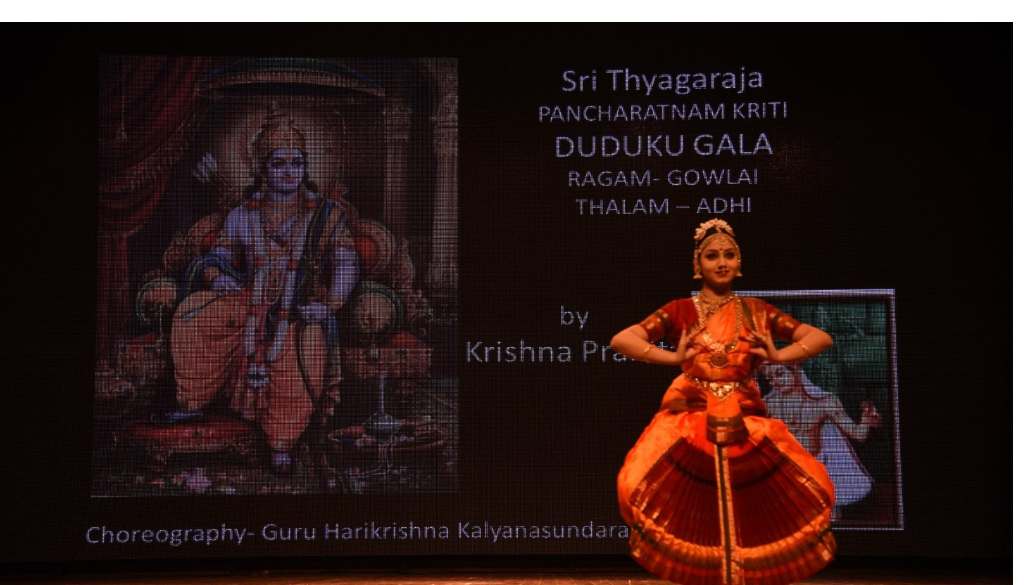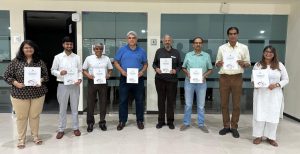India’s Festivals and Classical Dance: Celebrating Culture and Tradition

Pune, 3rd November 2023: The connection between festivals and Indian classical dance forms is deeply rooted in the cultural and religious traditions of India. These dance forms play a significant role in the celebration of festivals, and they are often used as a means of expressing devotion, storytelling, and cultural heritage.
Many Indian festivals have religious significance, and classical dance forms are often used to depict the stories, legends, and myths associated with these festivals. For example, during Diwali, the Festival of Lights, various classical dance forms may be used to narrate the story of Lord Rama’s return to Ayodhya. In the same way, Kathakali, a classical dance form from Kerala, is often used to depict episodes from the Mahabharata and Ramayana during festivals like Onam.
Classical dance forms are often a medium for expressing devotion to deities. Dancers may perform pieces dedicated to specific gods and goddesses as part of festival rituals. For example, Bharatanatyam often includes performances dedicated to Lord Shiva, Lord Krishna, and other deities during various festivals and temple celebrations.
Harikrishana K is a seventh-generation traditional and illustrious Bharatanatyam Natya Acharya from the Thanjavur Parampara, with a legacy spanning three hundred years. He also serves as the Director of Sri Rajarajeswari Bharatha Natya Kala Mandir, which has completed 78 years in Mumbai. When asked about the relation between traditional dance forms of India and festivals, he said, “Dance is the rhythmic heartbeat of India’s festivals, where diverse traditions, colours, and rhythms merge into a joyous celebration of life. We also have the tradition of Deepavali Pahat where classical dance and music programmes are held to celebrate Deepavali, the festival of light.”
He further added, “From Narakasura Vadham and various other stories from our puranas, with every step, we paint the canvas of our cultural heritage, and with various dance forms of India rich in tradition and movement vocabulary, we create a tapestry of unity. From the vibrant moves of Garba during Navratri to the grace of various folk and classical dances celebrating different festivals, dance and music is the language that speaks the stories of our festivals, binding us in the harmonious choreography of tradition and Indian culture.”
Festivals and classical dance forms in India are deeply intertwined. Many festivals are celebrated with classical dance performances that narrate mythological stories or pay homage to deities. These performances not only entertain but also serve as a means of passing down traditions and cultural heritage to future generations.
In India, these celebrations and artistic expressions form an integral part of daily life, bringing communities together and upholding the country’s rich cultural legacy. Festivals and classical dance forms are more than mere events; they are a testament to India’s diversity, creativity, and enduring spirit.








